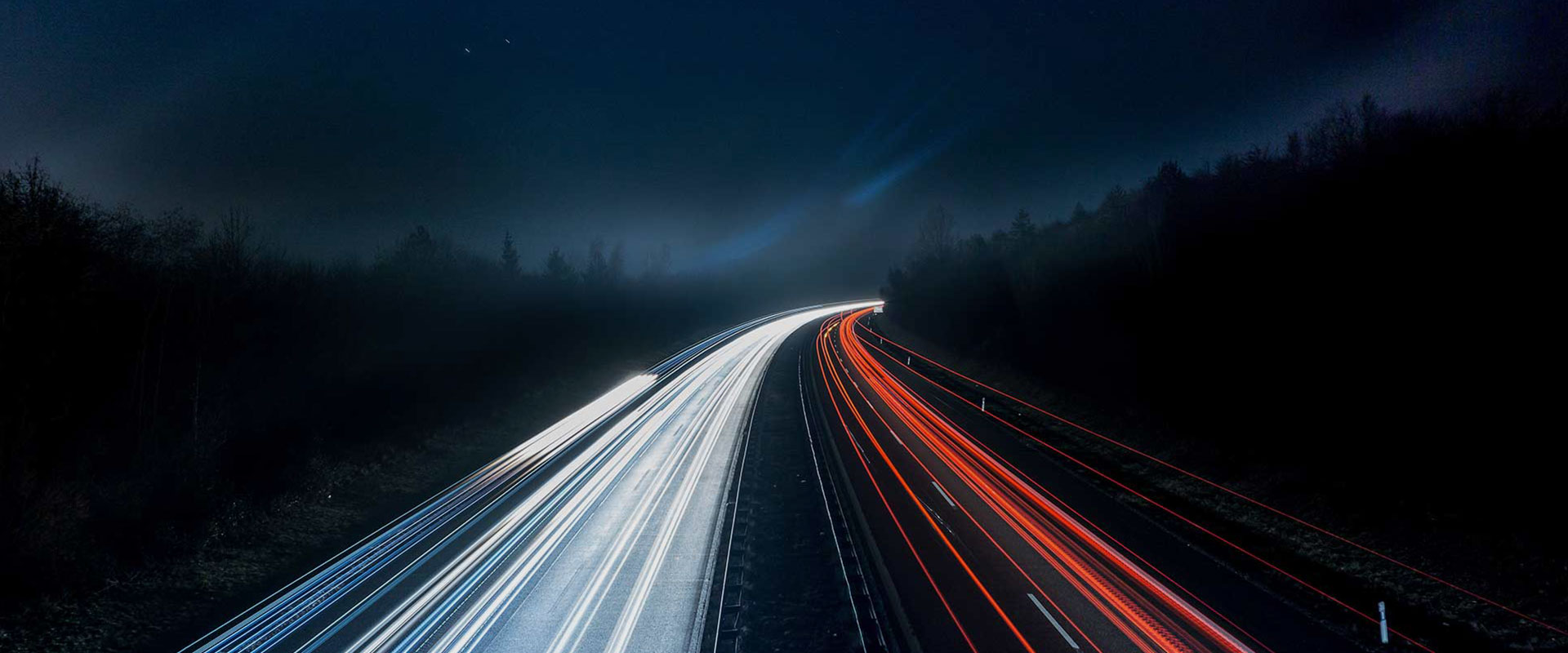In the world of industrial lighting, efficiency, durability and cost-effectiveness are always key requirements. With the development of industry, traditional lighting solutions can no longer meet the needs of modern production and storage environments. As a revolutionary lighting technology, LED high bay lights are gradually replacing traditional high bay lamps and becoming the future of modern industrial lighting. LED high bay lights are designed for high ceiling spaces and are usually used in large places such as warehouses, factories, and logistics centers. Compared with traditional lighting equipment such as metal halide lamps and fluorescent lamps, LED high bay lights have shown significant advantages in many aspects. The energy efficiency of LED lamps is much higher than that of traditional lamps, which makes them an ideal lighting solution for large industrial spaces. LED high bay lights have a high energy efficiency ratio and consume significantly less electricity than traditional lamps, which helps companies significantly reduce electricity expenses and reduce the environmental burden of energy consumption.
LED lamps have a very long service life. Traditional lamps usually need to be replaced after 2 to 3 years of use, while LED high bay lights can last for 50,000 hours or even longer, which greatly reduces the frequency of lamp replacement and related maintenance costs. Reducing the frequency of lamp replacement also means that the company's expenditure on equipment maintenance and production downtime will be greatly reduced, thereby improving the company's overall operational efficiency.
Another major advantage of LED high bay lights is their excellent luminous flux output. High-ceiling spaces usually require powerful lighting to ensure the safety and productivity of the working environment, and LED high bay lights can provide sufficient brightness to ensure that the light is evenly distributed throughout the space. Traditional metal halide lamps or fluorescent lamps may take a long time to reach sufficient brightness, while LED lamps are instant start-up and can reach maximum brightness after turning on the lights, avoiding safety hazards or reduced work efficiency caused by insufficient light in factories, warehouses and other places.
LED high bay lights are also extremely durable. In industrial environments, lamps often need to withstand harsh conditions such as temperature fluctuations, vibrations and dust. Compared with traditional lamps, LED high bay lights are more durable and can maintain long-term stable working conditions in these harsh environments. Therefore, in industrial environments that require high reliability, LED high bay lights have become an ideal lighting choice.
In terms of environmental protection, the advantages of LED high bay lights are also particularly prominent. LED lamps are not only far more energy efficient than traditional lighting fixtures, but also effectively reduce greenhouse gas emissions. Due to the low energy consumption of LED lamps, this means that companies using LED high bay lights can significantly reduce carbon emissions, thereby contributing to the company's green environmental protection goals. The long life of LED lamps also reduces the generation of lamp waste, helps reduce electronic waste, and meets the requirements of modern society for sustainable development.
As the demand for industrial lighting continues to grow, the application areas of LED high bay lights are also expanding. Not only large production environments such as warehouses and factories, many other industries have also begun to gradually adopt LED high bay lights. For example, high-ceiling areas in large retail stores have also begun to use LED high bay lights. These lamps can provide uniform lighting without glare, thereby improving the shopping experience and customer safety of the store. In places such as stadiums, gyms, and playgrounds that require a wide range of brightness lighting, LED high bay lights have also become the preferred solution for lighting.
As LED technology continues to develop, the functions of LED high bay lights will be further enhanced. For example, intelligent control systems may be integrated into LED lamps, enabling them to automatically adjust brightness according to changes in ambient light, or intelligently switch lamps based on the flow of people in the space. This intelligent control can not only further improve energy efficiency, but also provide more flexible lighting solutions in the production process.

 English
English Español
Español 简体中文
简体中文













